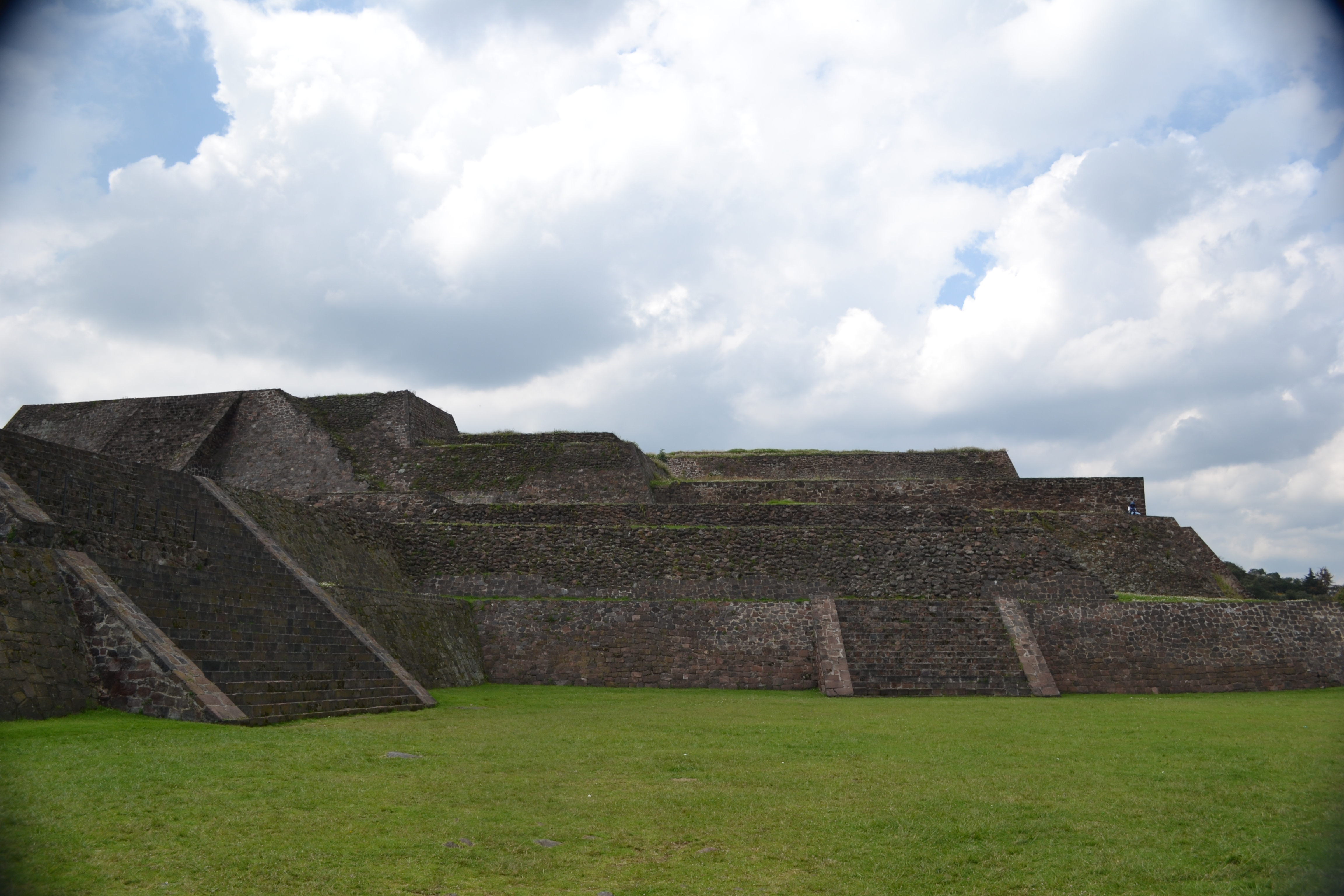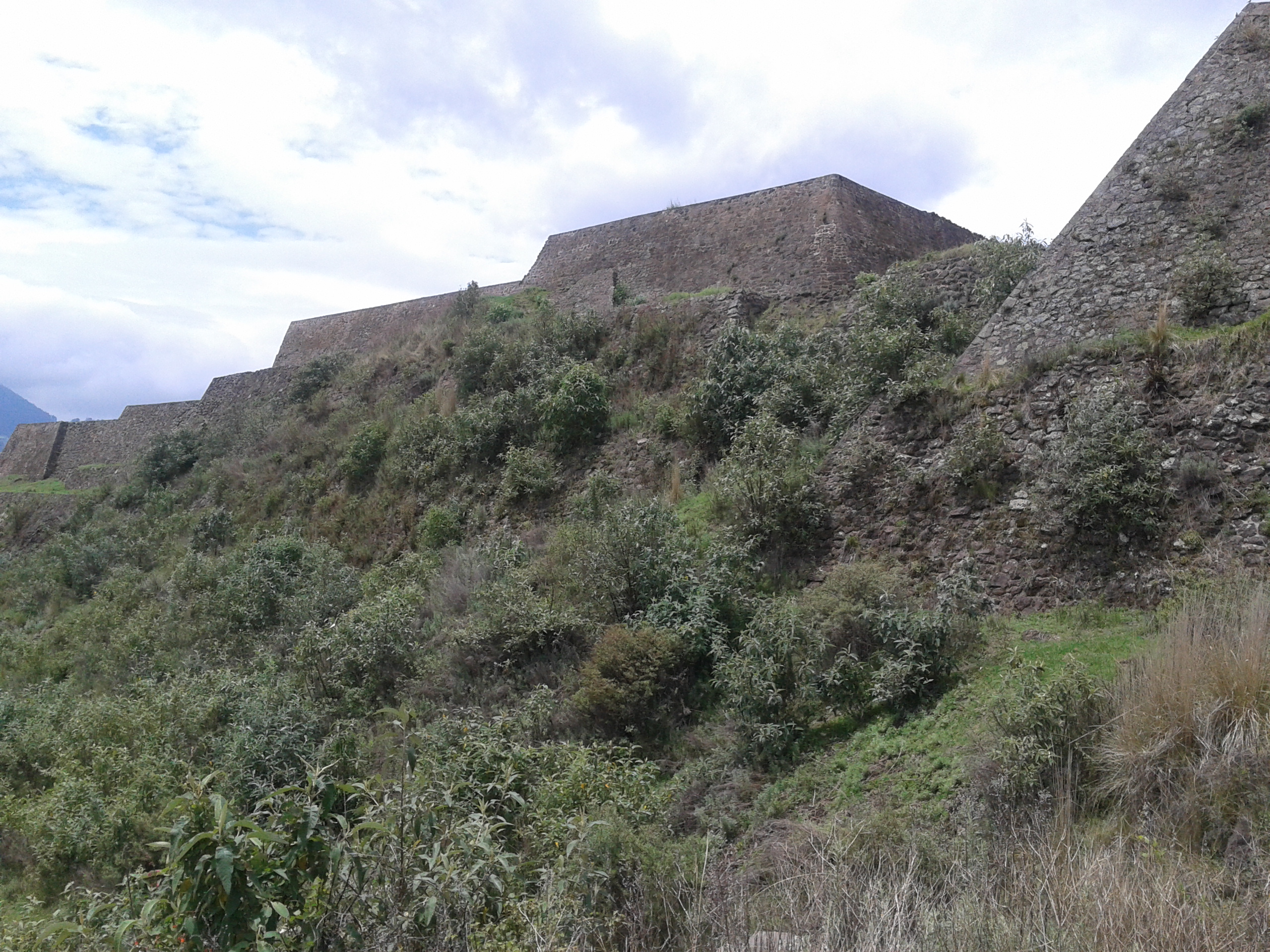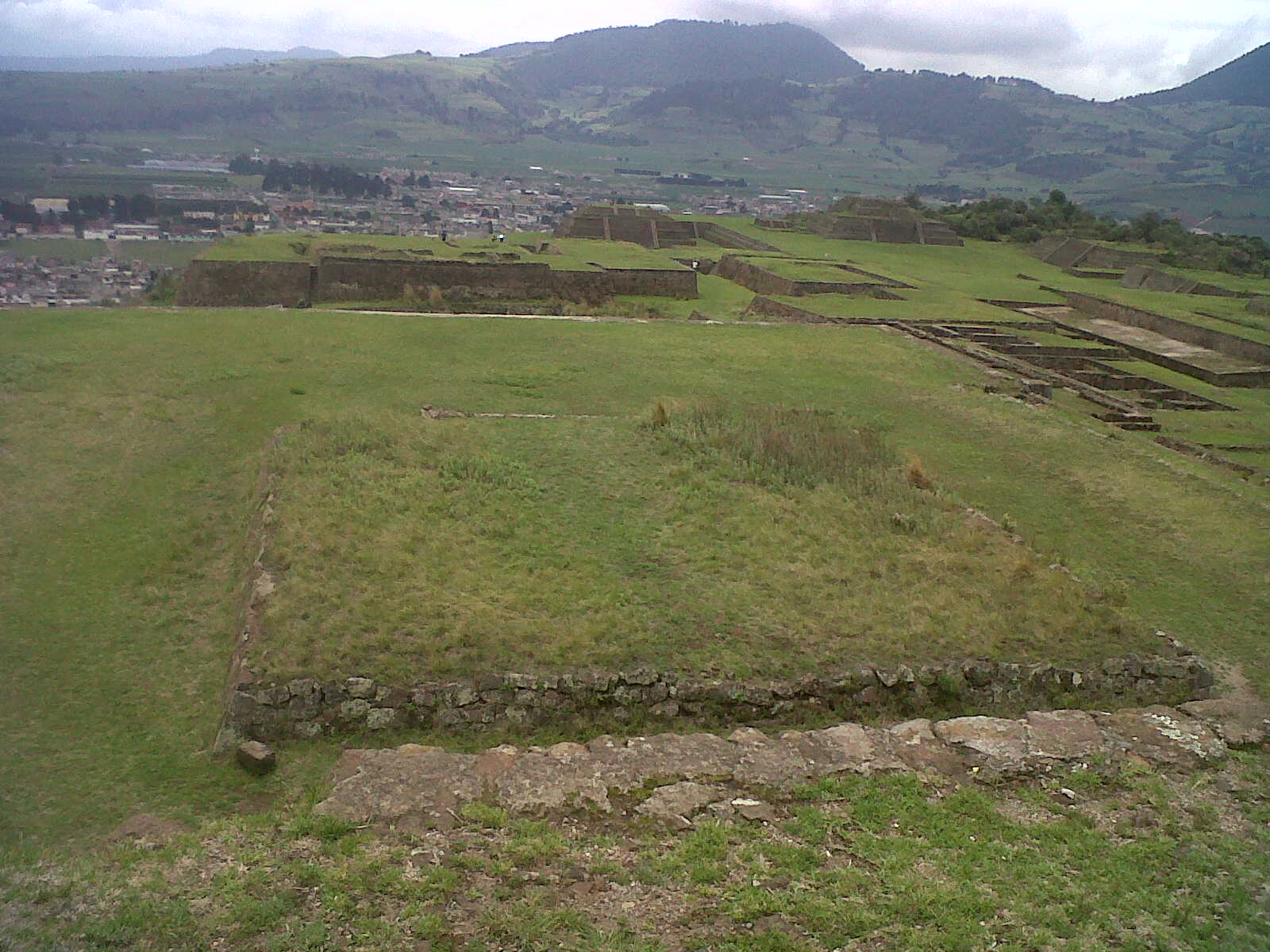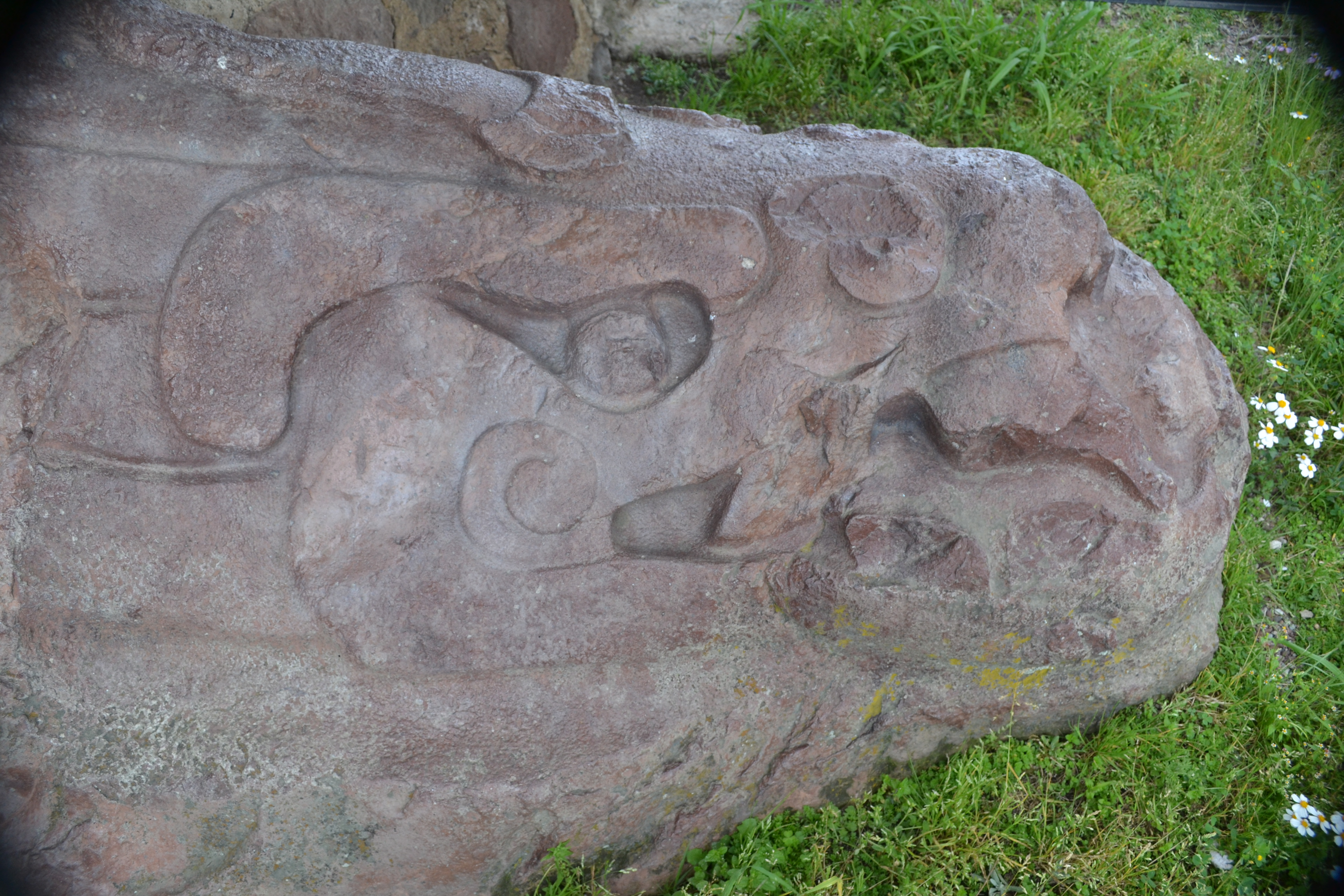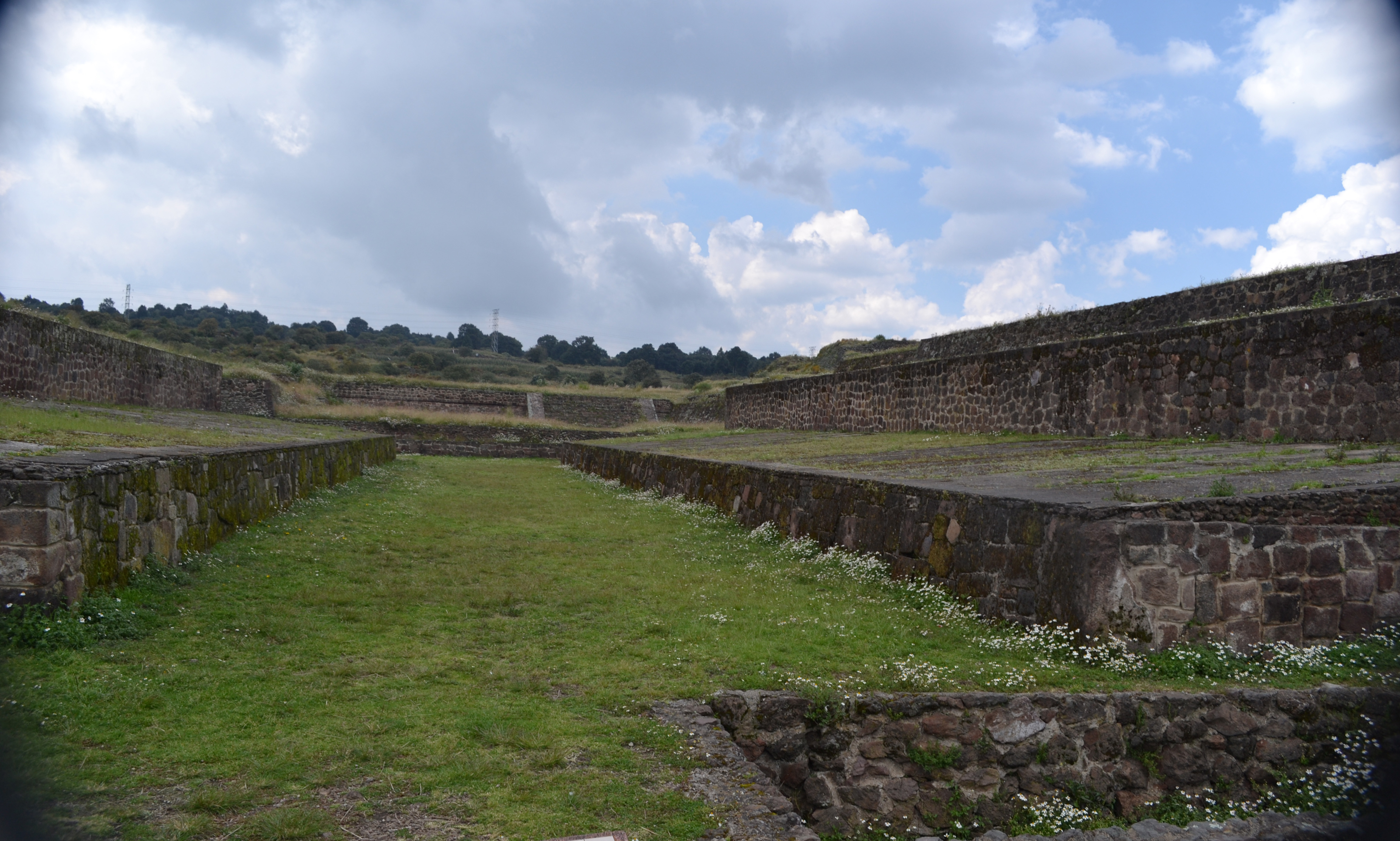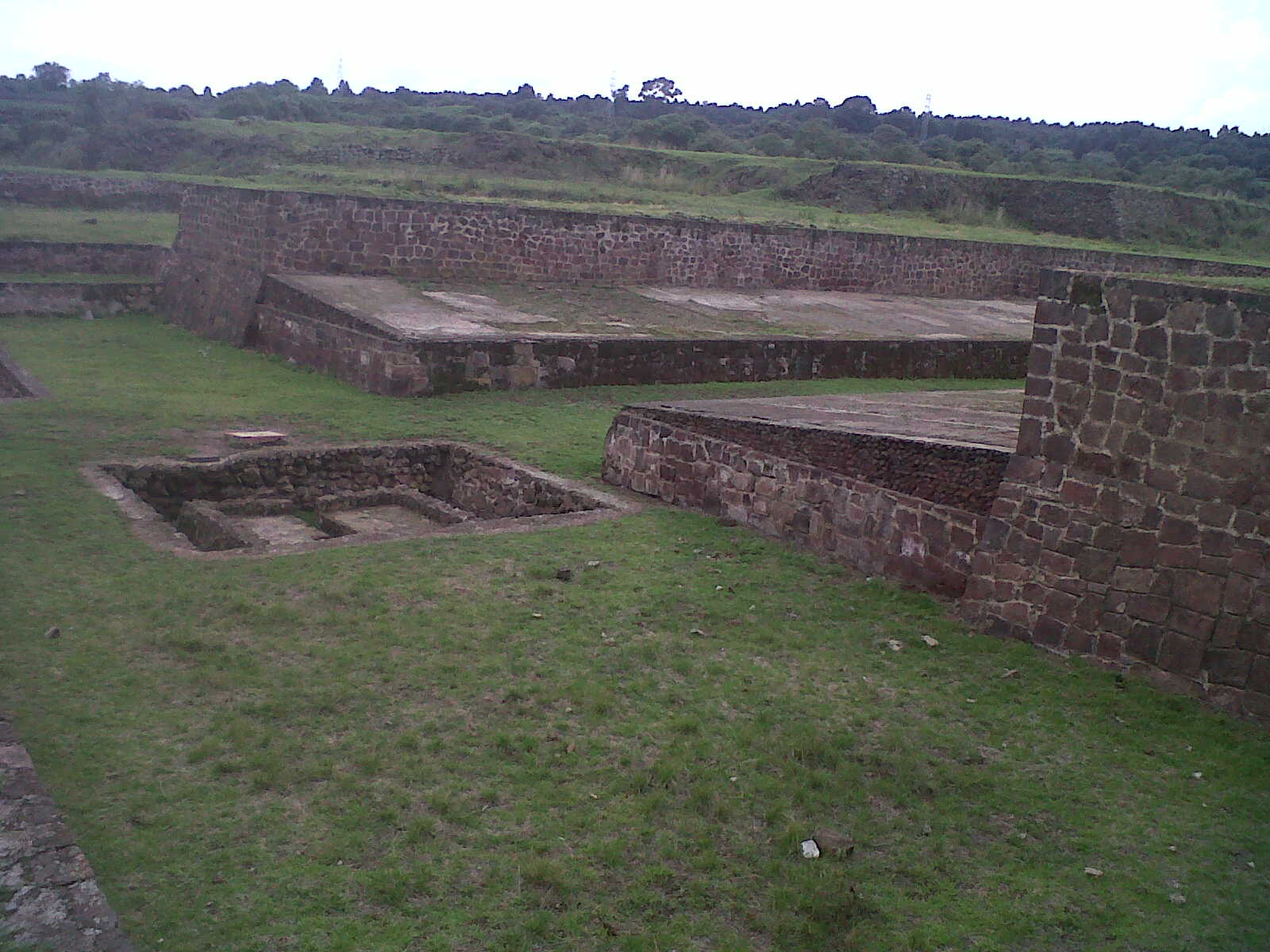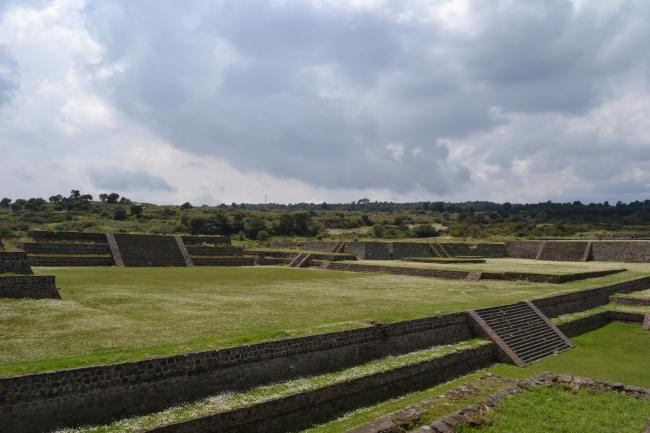Visit us
Teotenango
Opening hours
Tuesday to Sunday from 09:00 to 17:00 h
Fee
Sin costo
Adress
Dr. Román Piña Chan Av. s/n. Tenango de Arista, C.P. 52300, Municipality of Tenango del Valle, State of Mexico.
Access
From Mexico City, take the highway to Toluca as far Marquesa and then turn off for Tenango del Valle.
From the city of Toluca, take the Toluca-Tenancingo highway to Tenango del Valle. The entrance to the site is at the west end of the town.
Services




Important
- Free entrance for Mexicans under 13 years old
- Free entrance for Mexican senior citizens
- No smoking
- No entry with food
- Pets not allowed
- No flash

